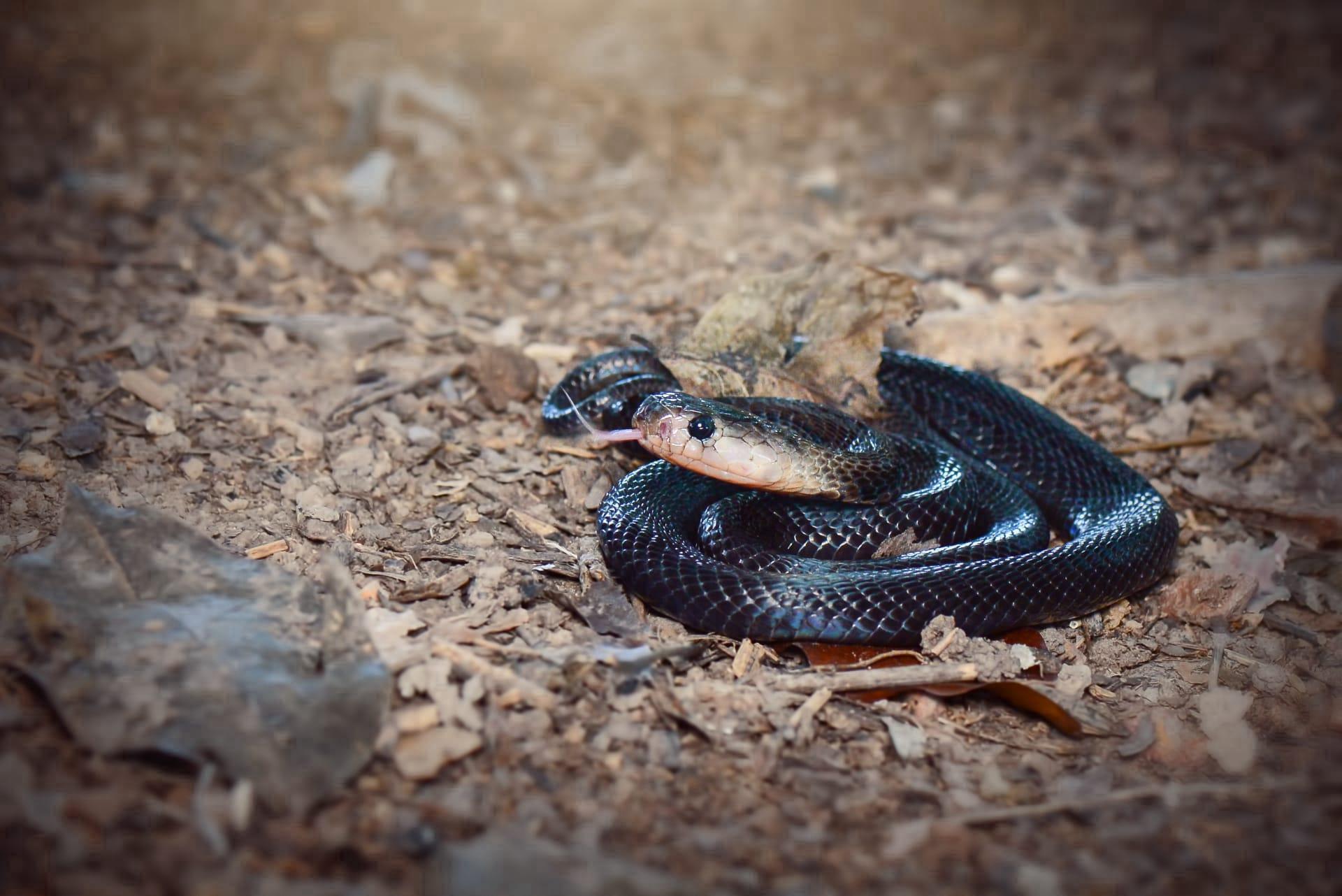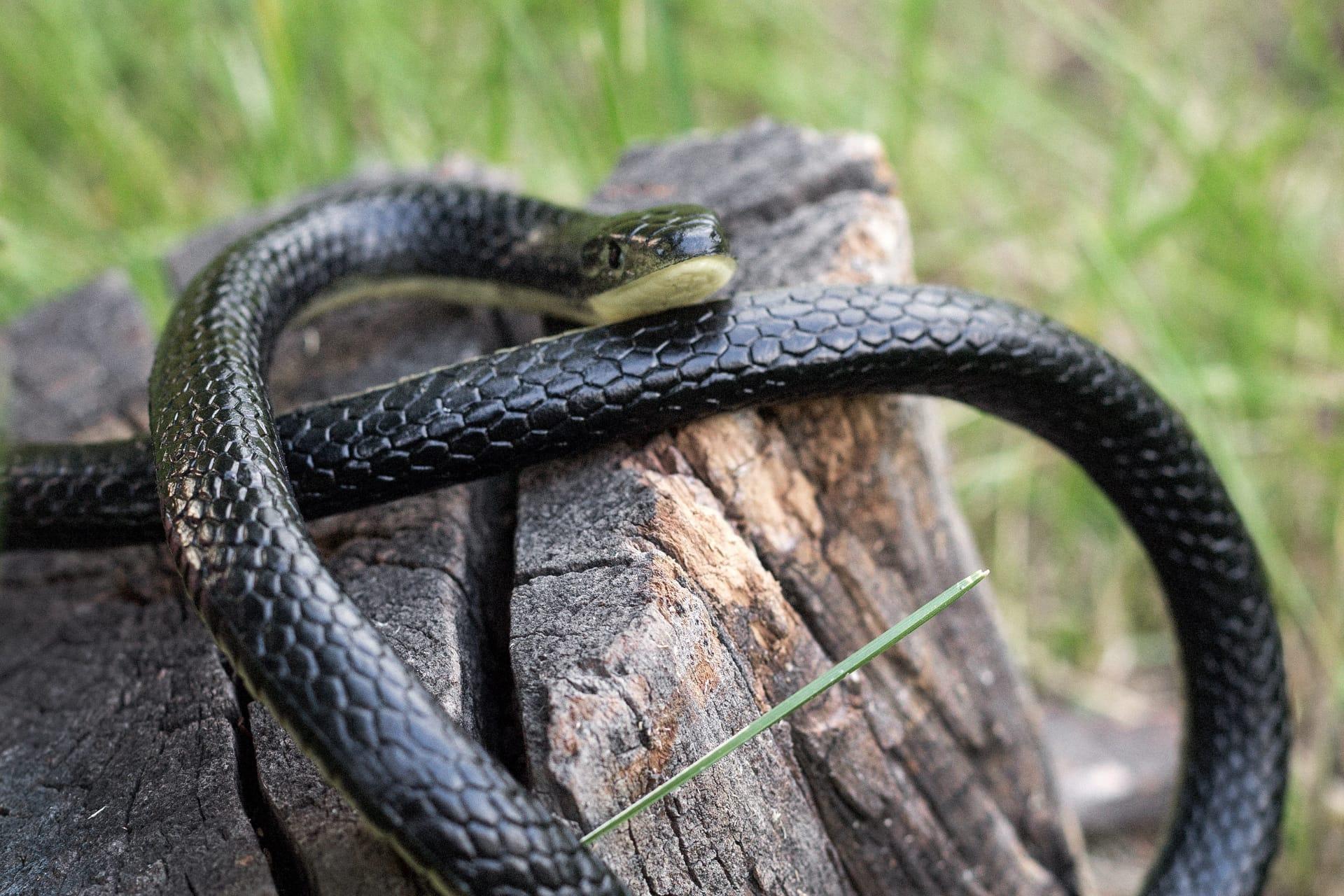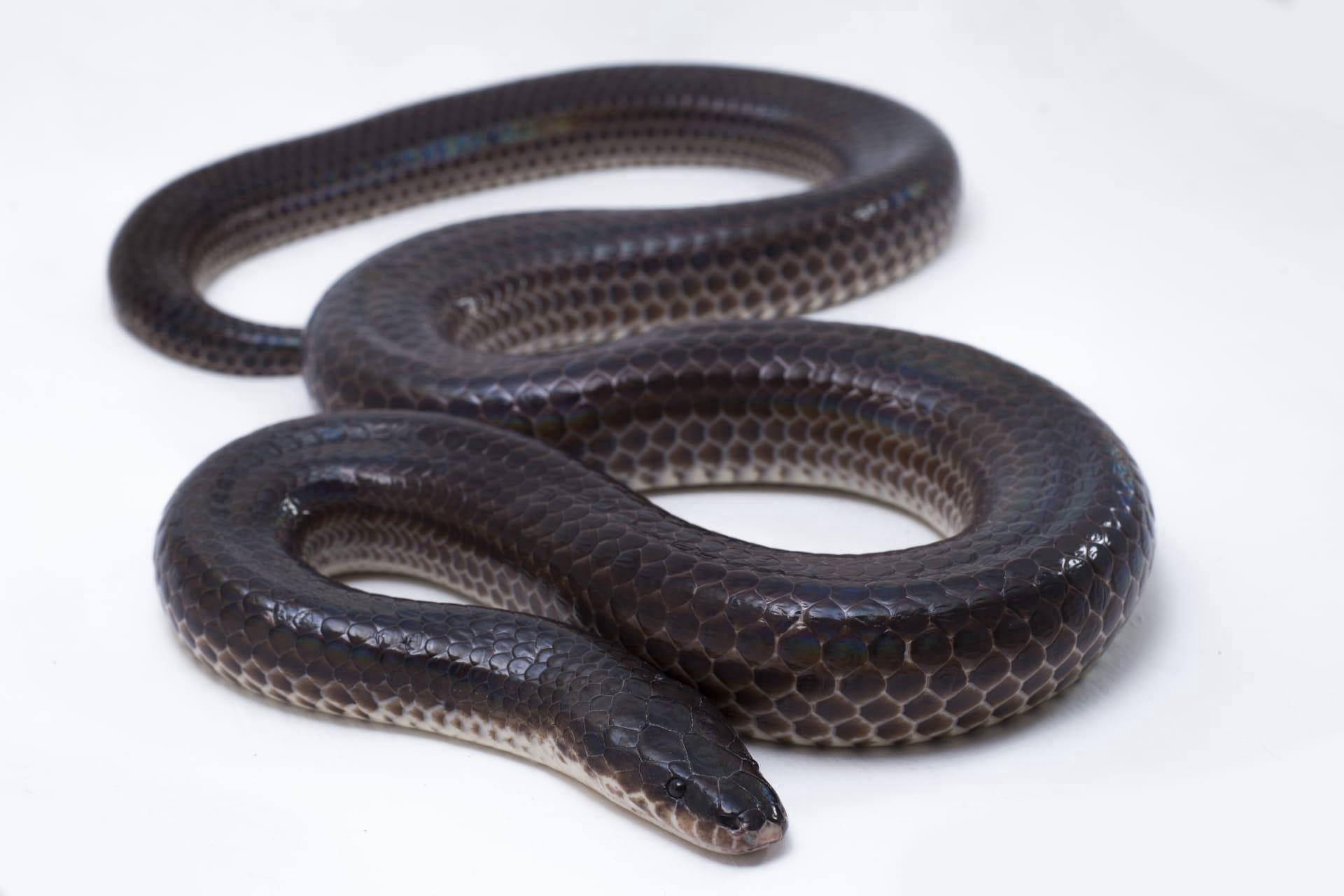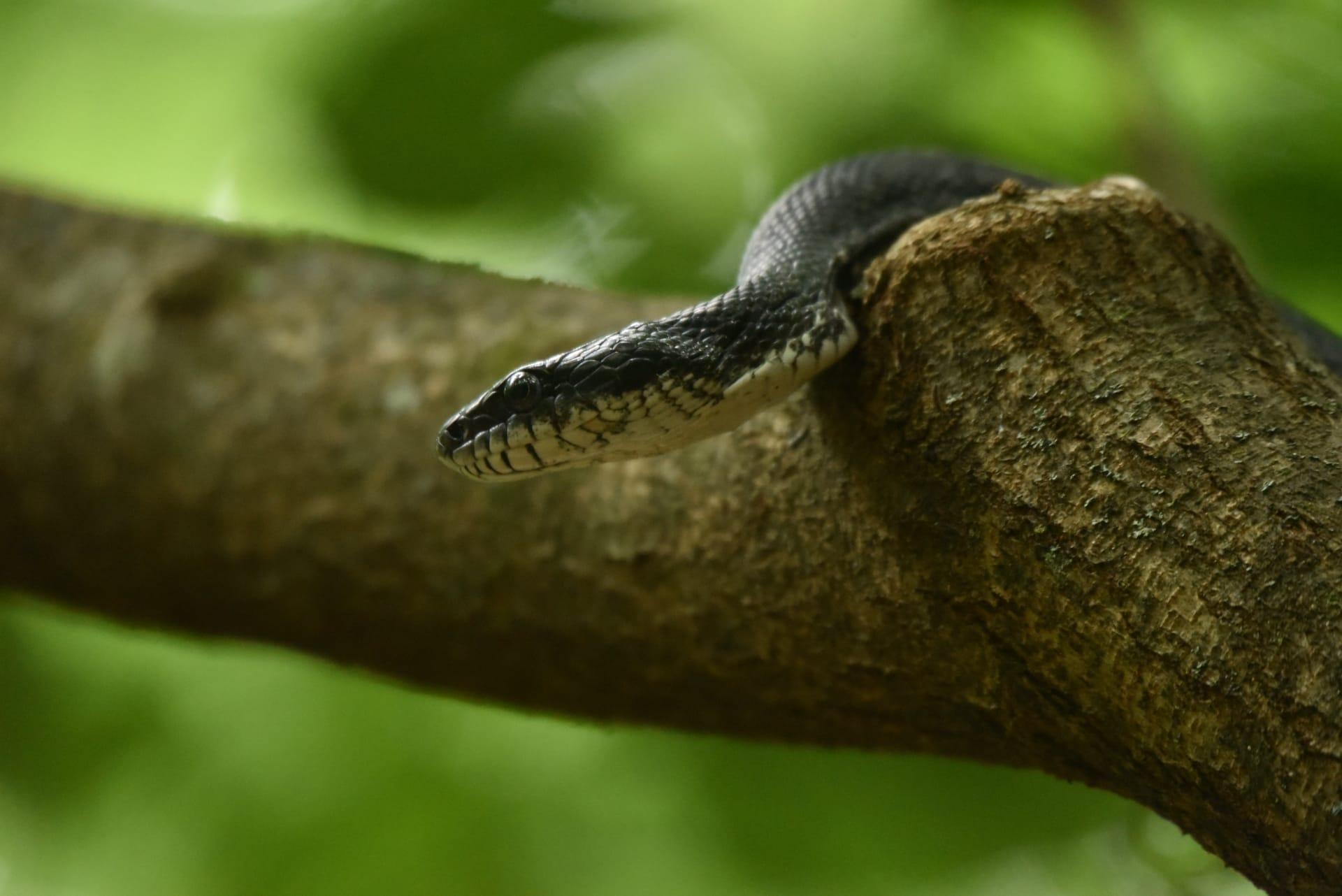Black Rat Snake Trivia
- Home /
- Trivia Question /
- Animal /
- Black Rat Snake Trivia
1
Question: How long can Black Rat Snakes grow, and what is their average lifespan in the wild?
Answer: Black Rat Snakes are among the longest snakes in North America, reaching lengths of up to 6 feet (about 183 centimeters), though some can grow as long as 8 feet (about 244 centimeters). In the wild, they have a robust lifespan, typically living around 10 to 15 years, but with proper care and a stroke of luck, some can live up to 20 years.
Question: What do Black Rat Snakes eat, and how do they impact the ecosystem?
Answer: These snakes are skilled hunters, primarily feasting on rodents like mice and rats, which they constrict before swallowing whole. This diet makes them vital for controlling rodent populations, thereby benefiting agricultural areas and ecosystems by reducing the spread of diseases and damage caused by these rodents.

2
Question: Are Black Rat Snakes venomous, and how do they defend themselves?
Answer: Contrary to a common misconception, Black Rat Snakes are non-venomous. They defend themselves through constriction, and when threatened, they can produce a foul-smelling musk. Additionally, they may vibrate their tails in leaf litter to mimic a rattlesnake as a defensive bluff.
Question: Can Black Rat Snakes climb trees, and why would they do so?
Answer: Yes, Black Rat Snakes are excellent climbers and can often be found in trees. They climb to escape predators, search for prey like birds and eggs, or to bask in the sun. Their climbing ability is aided by their strong, muscular bodies and keeled scales.

3
Question: How do Black Rat Snakes reproduce, and what is unique about their eggs?
Answer: Black Rat Snakes are oviparous, meaning they lay eggs. Mating occurs in spring, and females lay 12-20 eggs in early summer. The eggs, which are leathery and oblong, incubate for about two months. Interestingly, the mother does not stay with the eggs, and the young are independent from birth.
Question: How do Black Rat Snakes adapt to different temperatures throughout the year?
Answer: Black Rat Snakes are ectothermic, relying on the environment to regulate their body temperature. In colder months, they brumate – a state similar to hibernation. They find burrows or other protected spots to lower their metabolic rate and survive the winter. In warmer weather, they are more active and often seen basking in the sun to raise their body temperature.

4
Question: What habitats are preferred by Black Rat Snakes, and how widespread are they?
Answer: Black Rat Snakes are quite adaptable and can be found in diverse habitats, including forests, farmlands, wetlands, and rocky hillsides. They are widespread across the eastern and central United States, stretching from New England to the Florida Panhandle and as far west as Nebraska and Texas.
Question: Do Black Rat Snakes have any natural predators, and how do they avoid them?
Answer: Yes, they do have natural predators like hawks, owls, foxes, and raccoons. To avoid these predators, Black Rat Snakes often rely on their cryptic coloration to blend into their surroundings. When young, they have a more pronounced pattern that helps them camouflage better among leaves and branches.

5
Question: What is the role of Black Rat Snakes in local folklore and are they protected by law?
Answer: Black Rat Snakes have a place in local folklore, often seen as symbols of good fortune and guardians against pests in rural communities. However, they are also subject to myths that wrongly label them as dangerous. Legally, their protection status varies by region, with some areas having specific regulations to conserve their population.
Question: How can people safely and responsibly interact with Black Rat Snakes in the wild?
Answer: When encountering a Black Rat Snake in the wild, it's best to observe from a distance without disturbing them. Avoid handling them, as this can stress the snake and lead to defensive behaviors. If a snake enters a living space, it's advised to contact wildlife control for safe removal rather than attempting it personally.